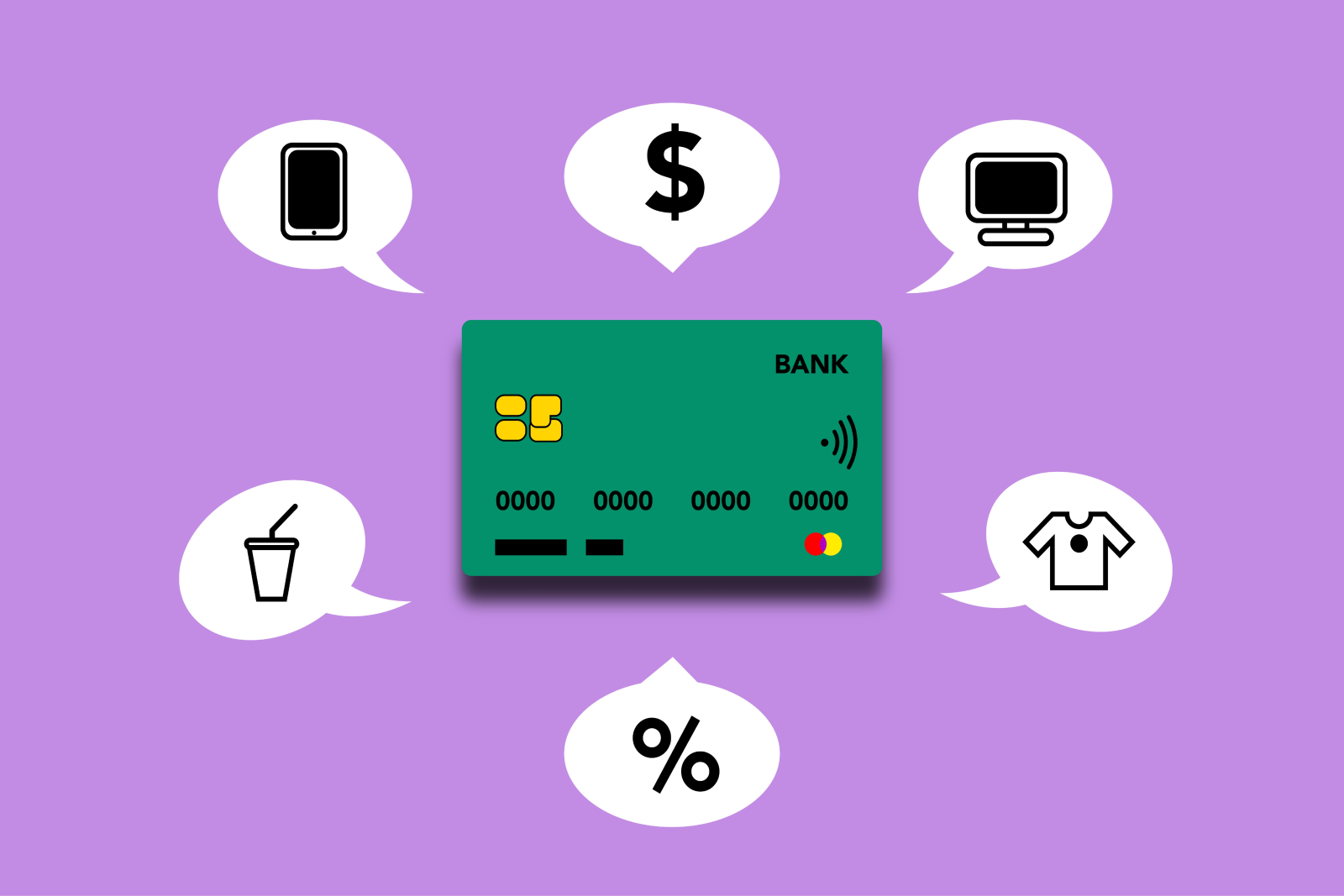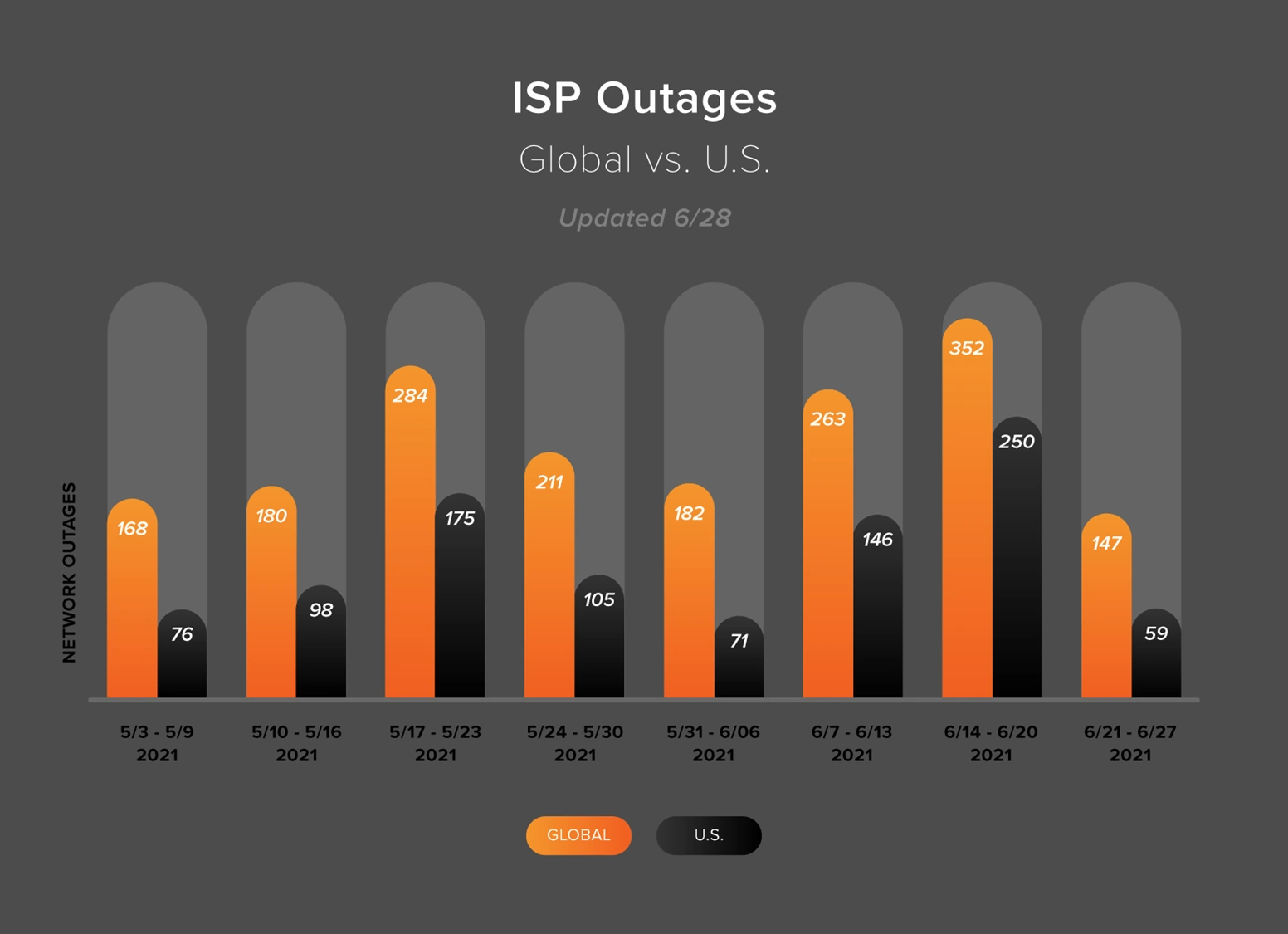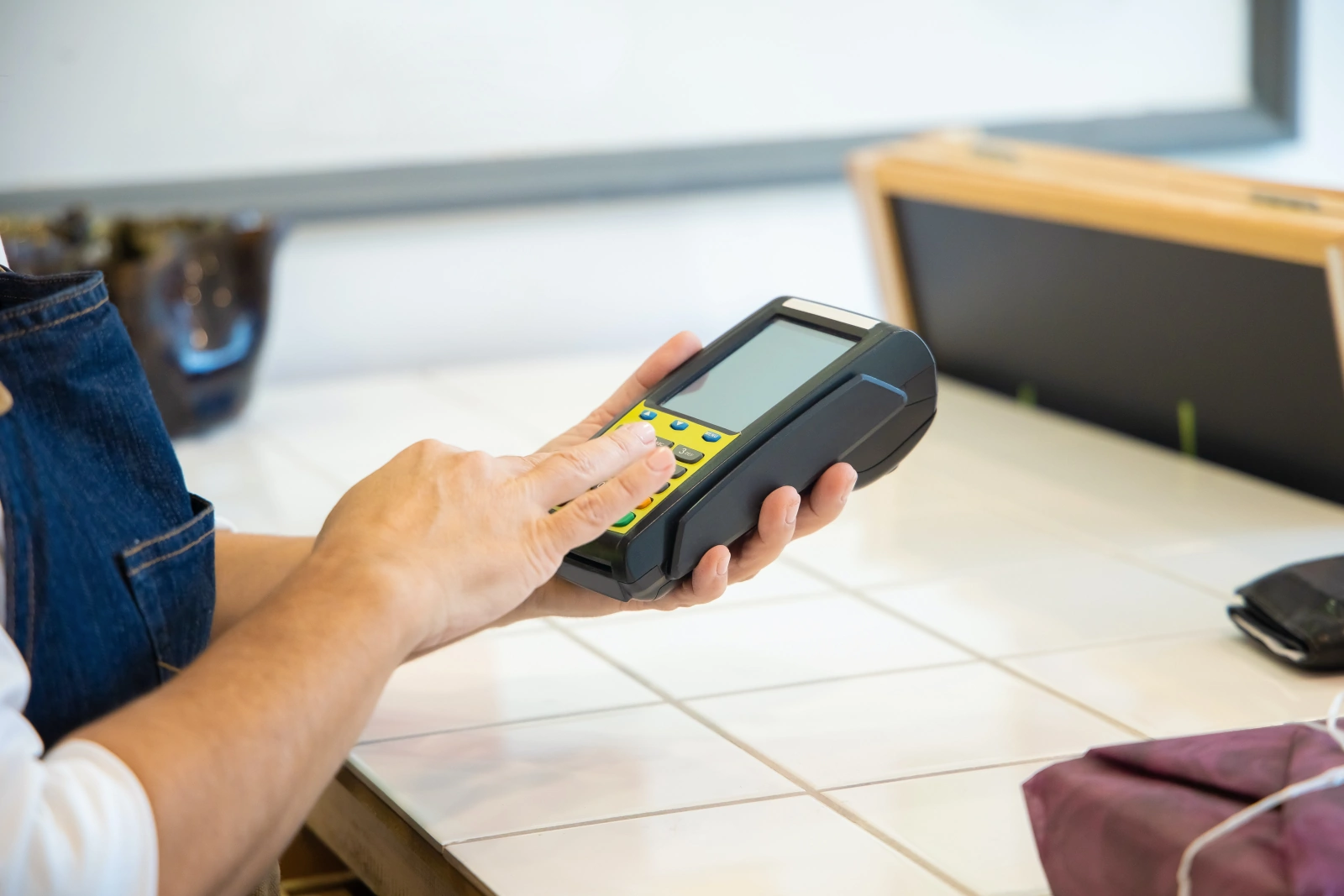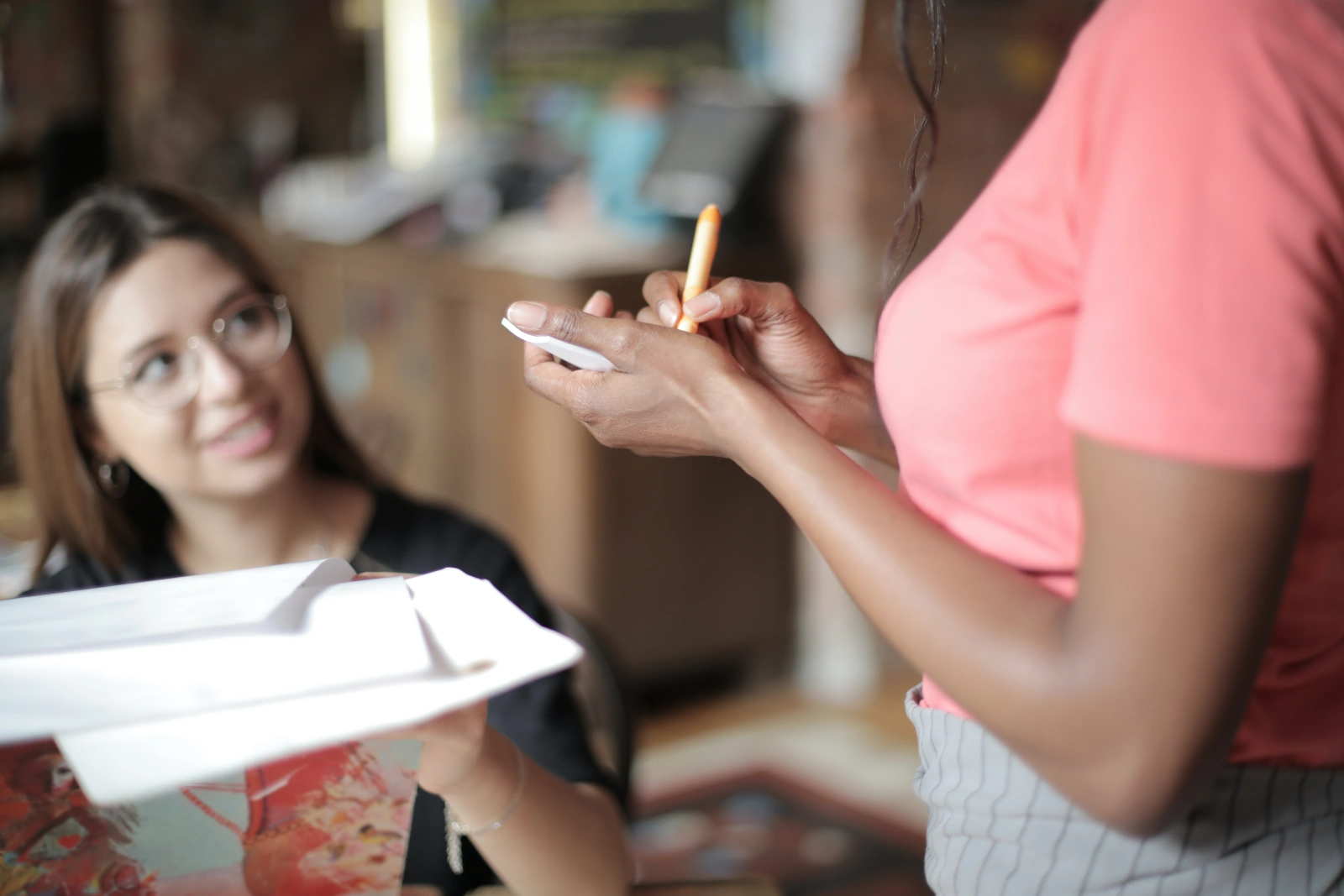
Addressing Concerns About Contactless Ordering
In this everchanging world amidst COVID-19, businesses and customers alike are contending with new rules and regulations; the dining industry is no exception to these circumstances. These rules have manifested in ways such as reduced occupancy of restaurants, a finite amount of time to finish a meal, and even partitions being placed between tables to name a few. However, the biggest change is at the core of the dining experience, server-to-diner interactions, instead of this traditional model a shift towards contactless dining is becoming more and more widespread. This transition also means a change in Point of Sales (POS) systems, meaning no more physical menus, and in some cases not even physically giving a server a card to complete payment. These changes raise some warranted concerns from restaurant owners, such as reliability of contactless ordering POS, the need to retrain staff on new contactless POS, and lastly how this change will impact customers’ dining experience.
Reliability
Any tool used as the backbone of a business must be reliable. In the modern restaurant industry, the backbone is the POS system. A reliable POS system can perform even during an internet outage; because the ugly truth is no system will ever have 100% uptime. Given this possibility, a restaurant could stand to lose a substantial portion of its earnings if an outage occurs. Now a savvy restaurant owner may say fail-safes can be maintained and used to mitigate the loss of earnings during an internet outage. While that may be true, those fail-safes are often costly. Options like offline mode (which are typically available on costly POS systems), or having a mobile hotspot available which is a recurring expense that may only be used a few times a year. Both of these are costly expenses that could cost more than they save. This goes doubly so for small to medium-sized restaurants that may not turn over large profits consistently.
As far as fail-safes such as an offline mode are concerned even they are not without their flaws. In the tech industry, there is an idea called the thundering herd problem, which is essentially a system being given such a large volume of tasks at once that all the tasks compete for attention from the system and eventually freeze it. Should such a freeze occur it could potentially lead to a loss of data and orders created while offline mode is active, resulting in earnings during this time lost. While this may seem like a one in a million chance of happening, it is worth noting according to the chart below, from ThousandEyes a global network monitoring company, (part of Cisco) that from June 14, 2021 - June 20, 2021, 352 global Internet Service Provider outages occurred of which 250 were in the United States.

https://www.thousandeyes.com/outages/
That being said, offline mode for any restaurant POS system (contactless or not) is very useful and typically does more good than harm. However, as previously mentioned a feature such as this is something that is often only on high-end and high-cost POS systems. These are systems that often require the restaurant to purchase proprietary equipment on top of the recurring billing fees. That in tandem with a failsafe that will only work most of them and not 100% of the time may not always be the most financially savvy decision for some restaurants.
Retraining Staff on a New POS
Nobody likes having to learn something new in their workplace, least of all when that learning is centered around the tool(s) they use for the majority of their job. This is mainly because humans have a natural resistance to change in things they are familiar with, and this is especially true when it comes to tools and equipment used in the workplace. There’s a formula for human resistance to change called Gleicher’s Formula, and it can be summed up as Dissatisfaction with the status quo x Vision of what the changes can bring x First Concrete Steps taken to make the change > Resistance to change. Or in other words, a person needs to be so dissatisfied and so confident that the idea of what the changes can bring will be so good they actually take steps to make the change happen rather than resist it.

Dissatisfaction with a restaurant POS system could manifest in many ways, anything from simply being slow, to a poorly designed user interface, or even the way the staff member has to log into the system. Everyone has their preferences of how software and programs they use should work, and when they don’t that can lead to small frustrations. These frustrations can add up over time and eventually become a driving force for change. Not to mention a traditional restaurant POS system has a higher risk of exposure to COVID-19 compared to a mobile/contactless POS system which naturally is dissatisfactory.
Envisioning what the change can hold can be seen as a server not always running from table to table during the lunch or dinner rush, since the majority of orders would be handled directly by the customer via the contactless POS. This alone would reduce a large amount of stress for the server and makes things less hectic in general. Less stress will usually put the server in a better mood, which makes server-to-customer interactions more enjoyable for both parties which may yield a larger tip for the server than previous interactions.
The first steps being taken to implementing this change for the restaurant staff can be done in small palatable increments at first, activities such as having 15 - 20 minute training and idea exchange sessions among staff members before shifts start, or even taking an hour to do roleplaying on the server, kitchen, and customer side of things to promote synergy and continuity among staff members. Most effective, however, especially in the initial stages of training, would be a series of simple graphical explanation videos and demonstrations created by the company providing the contactless POS system.
Are Customers Ready for It?
Prior to COVID-19, most US consumers were not using mobile/contactless payment, whether shopping at a clothing store, buying something from a convenience store, or paying for a meal, the average US customer just didn’t want mobile payment. According to a 2019 CNBC article at the time of writing only 10% of Americans were using mobile payments (i.e Apple Pay, Android Pay, Square, etc.), and this was mainly because America’s existing debit/credit card infrastructure was already sufficient enough. This gave consumers no real reason to want to adopt new mobile payment methods. Queue the COVID-19 pandemic, and a consumer’s reason for switching to mobile/contactless payment becomes of the utmost importance. Another CNBC article published in November of 2020 explains how 51% of Americans are now using mobile/contactless payment methods, in response to health concerns due to COVID-19.

This 41% increase means that even in a post COVID world, 51% of a customer base for any industry will at the very least, be familiar with mobile/contactless payment. In time, this familiarity will lead to mobile/contactless payment becoming the standard for a sizable chunk of business across the United States. A Psychology Today article explains how humans have a natural cognitive resistance to change until the benefits of a more direct or simpler approach become apparent. Hence why of the many changes COVID-19 had on the world, one of them was customers adopting mobile/contactless payment. That’s why it stands to reason that customers will continue using these new payment methods they’ve adopted during the pandemic.
Customers Still Want an Experience
Part of the magic of going out to eat is being waited on by someone, there’s no way around it. The natural assumption most customers would make with the advent of mobile/contactless POS systems is that facetime will at the very least be reduced. However, that isn’t the case in terms of mobile/contactless POS, mainly because nothing is preventing the server from interacting with customers like always. The only thing being removed from the equation is the server taking the customer’s order down and communicating it to the kitchen.
In an interview Alexander Washut, co-owner of two-unit Jake’s Restaurant, stated “[QR codes] do lose that connection with our servers… that banter, that spiel at the table, that connection. So I think there’s a balance going forward, even years after. I don’t think it’s going away, but I don’t think it’s going to take the center stage [like it has] for the past 10 months or so.".
That balance Mr. Washut mentions is ultimately what mobile/contactless dining will be centered around in time to come. Mobile/contactless dining shouldn’t be seen as a means to wipe out waiters and waitresses as an occupation. Instead, it should be seen as another tool for servers to use that will enhance server-to-customer interactions for both parties. Instead of a dining experience becoming a faceless interaction where a diner makes a few taps on their smartphone, and a person puts their meal in front of them, a server can finally do just that, serve.